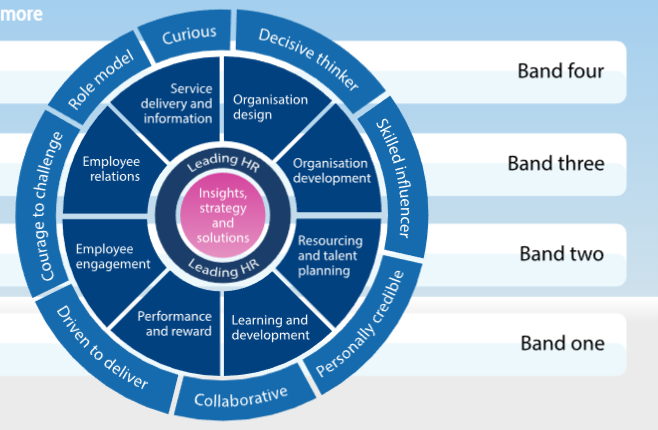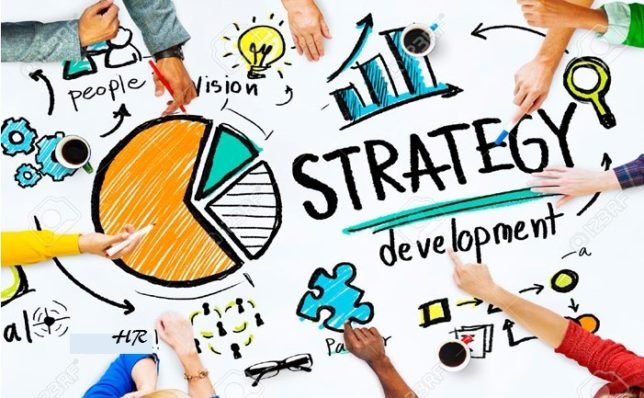Human Resources once considered a field focused on soft skills, has undergone an unprecedented change. HR now deals with complex data that can be analyzed to provide valuable information and insight and is swiftly becoming an essential means to add strategic value. The HR world is buzzing with the transformative potential of HR analytics. This field has developed at the intersection of computer science, engineering, decision making, and statistics and assists in organizing, analyzing, and making sense of uncertain situations. It has become evident that integrated and strategic HR practices considerably improve bottom-line performances. Therefore, appropriate Human Resource Metrics must be developed and applied in order to specifically illustrate the value of HR practices and activities, particularly relative to accounting profits and market valuation of the organization. This task has proven to be far more complex than anticipated, given the difficulties of measuring human assets/capital. Because HR largely deals with Continue reading
Modern HRM
Integrity Testing in Employee Selection Process
Integrity tests are seen as a superior alternative to polygraph tests and interviews. In fact, the use of integrity tests in selection decisions has grown dramatically in the past decade. The tests are especially likely to be used where theft, safety, or malfeasance is an important concern. The promise of integrity testing is that it will weed out those most prone to counterproductive work behaviors. Clearly, integrity is an important quality in applicants; integrity tests are designed to tap this important attribute. Integrity testing can help the management determine which of their prospective hires are likely to engage in unproductive, dangerous, or otherwise risky actions on the job. Candidates are surprisingly candid in answering test questions about their workplace theft or drug abuse, but the tests also have control questions intended to indicate when an applicant is attempting to game the test. Although tests represent an additional expense in the Continue reading
What is HR Professionalism?
In order to understand what HR professionalism is we first have to break down what it means to be a professional. The term professional could be an individual who is a qualified member of a professional body, someone who continuously updates their knowledge, is competent, and uses their skills in practice. Professionalism could be interpreted as the use of specialist knowledge necessary to perform a particular type of work or role. Professionals are associated with increased training, the development of professional knowledge standards, and a requirement to update this knowledge. One way the CIPD (The Chartered Institute of Personnel and Development) measures professionalism is through their code of conduct which can be broken down into 4 sections as shown below: Professional Competence and Behaviour Ethical Standards and Integrity Representative of the Profession Stewardship. These codes of conduct apply to everyone who is registered with the CIPD regardless of size, sector, Continue reading
The Alignment of Compensation and Business Strategies
Compensation is a key element in the success of any business. Although compensation plans were not always seen as a strategic business initiative, their huge impact on a company’s bottom line, recruiting, retaining and motivating people has led to compensation design being considered an important element to achieving success. Compensation and Business Strategies Alignment It is essential that a fair, competitive and attractive compensation plan is created in order to ensure the future success of the company. If the compensation plan is carried out properly it can improve organisational effectiveness, support human capital requirements of a business, and motivate and reward achievement of key corporate strategic and financial goals. It is thus essential that compensation plans are well thought out and effectively designed. Compensation is the answer to attracting, retaining and motivating employees who have the necessary competencies to carry out the business strategy and handle greater responsibilities. Managers must Continue reading
Human Resource Management (HRM) in a Global Environment
As the organizations continue to grow globally at a rapid pace, nations are increasingly permeable to the international exchange of knowledge, capital, goods and services, giving rise to more complexities and uncertainties. Intensified rate of globalization is evident from the changing trends in foreign direct investment which is increasingly indicating a shift toward developing economies like China and India. Growing internationalization is breaking down organizational and geographical boundaries with business processes and structures undergoing complete transformation. This has brought the role of human resources to the fore as the competitiveness of these organizations is contingent on their ability to adapt and design human resource strategies that can sustain global nuances and dynamics. International human resource management (IHRM) from an organization’s perspective is defined as the effective management of human resources in global markets for multinational companies(MNCs), in order to gain a key source of competitive advantage and to be globally Continue reading
Adoption of Strategic Human Resource Development (SHRD) Practices in Organizations
Management requires that all organizations and businesses get the available resources together to enable them to accomplish their goals, objectives, and aims effectively and efficiently. This means that there must be the act of planning, staffing, controlling, and directing the organization’s manpower for the realization of these purposes as set by the organization. The act of developing human resources is cited as an opportunity through which the employees can develop their own personal skills and other organizational skills needed for the successful operation of the business. Strategic Human Resource Development (SHRD) is the linkage between the strategic goals and objects with the resources available in the organization. This is the trend that most companies are adopting in the recent past. Human resource development has become a strategic application of policies and practices that will ensure a company reaches the peak of its performance by utilizing what it has, for its Continue reading




